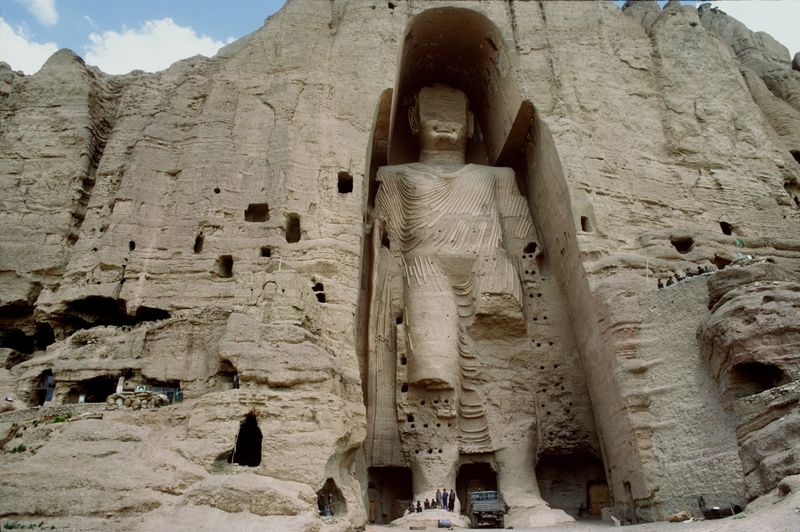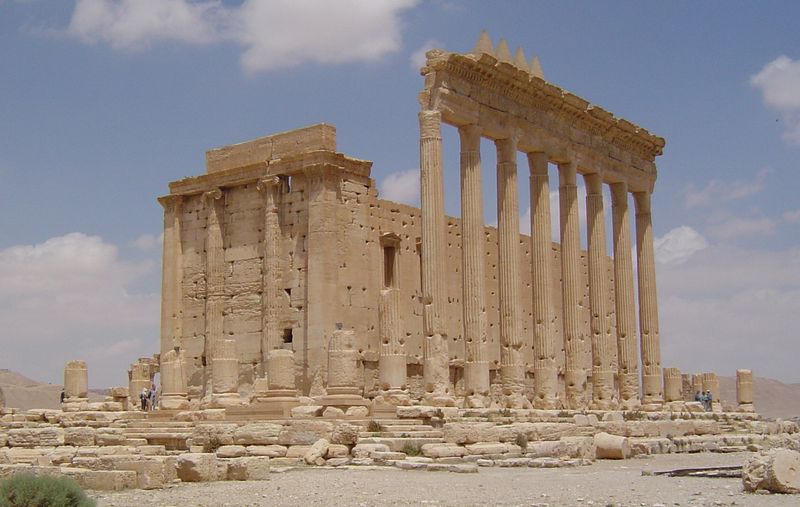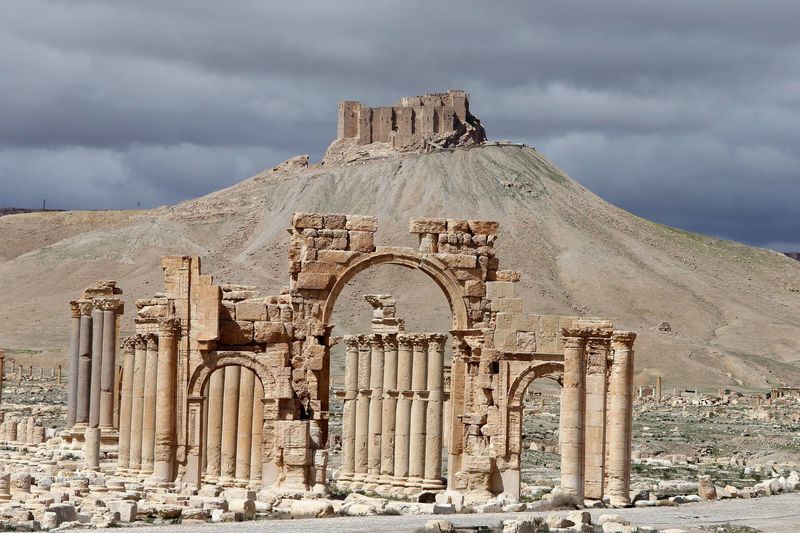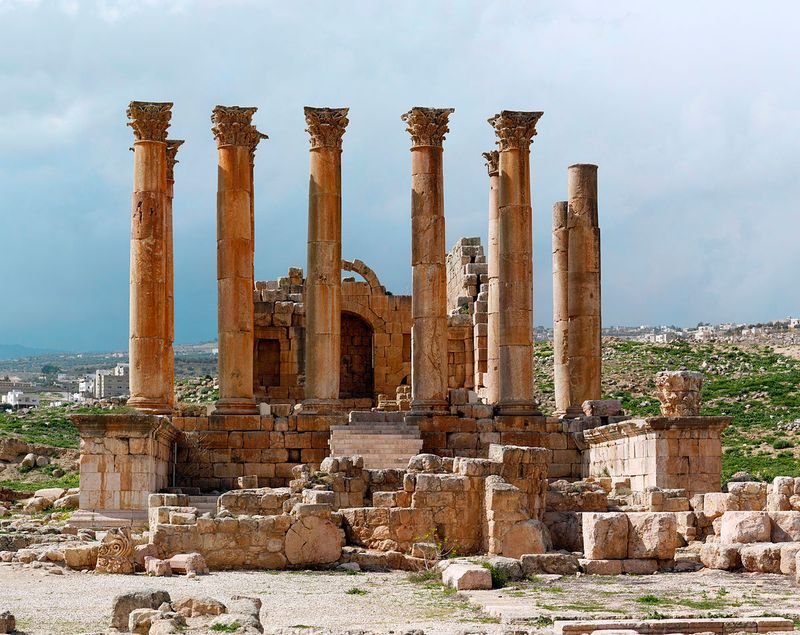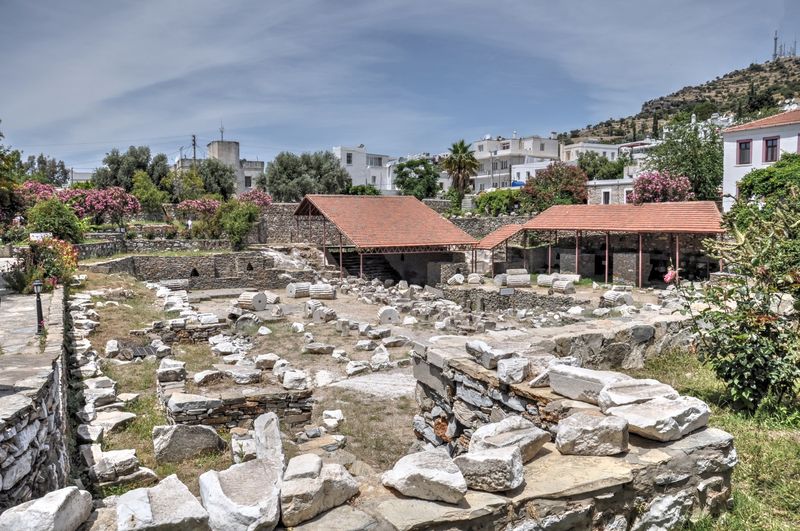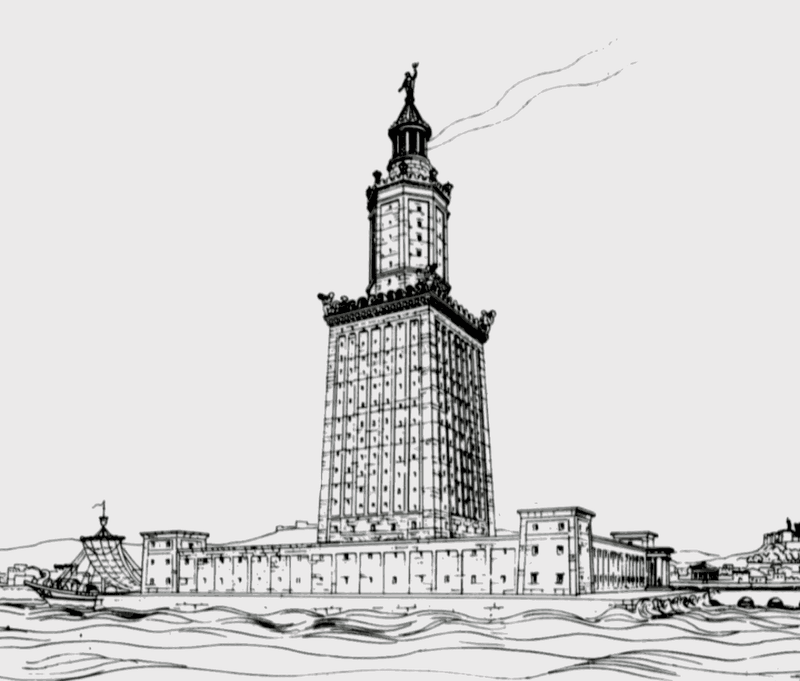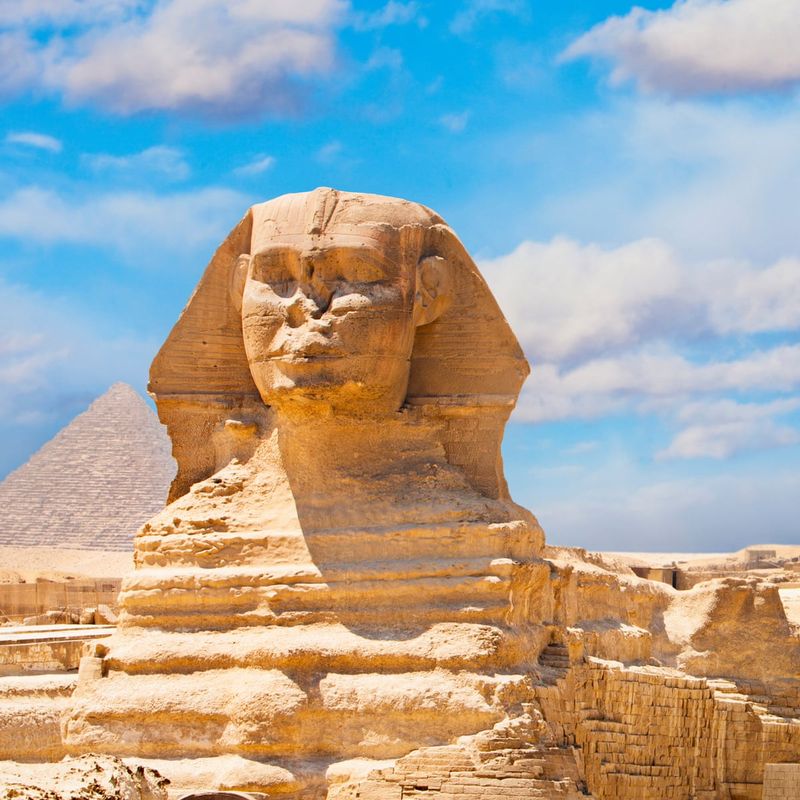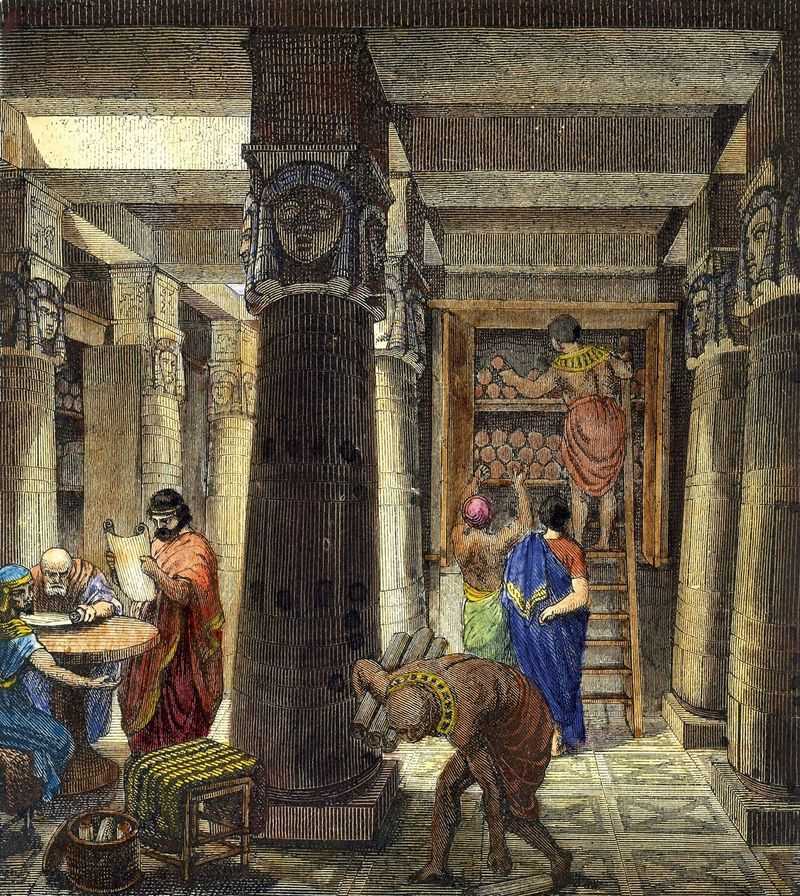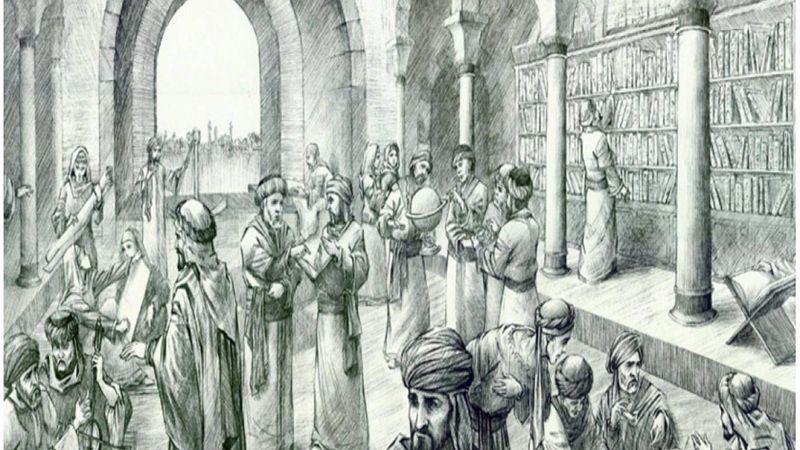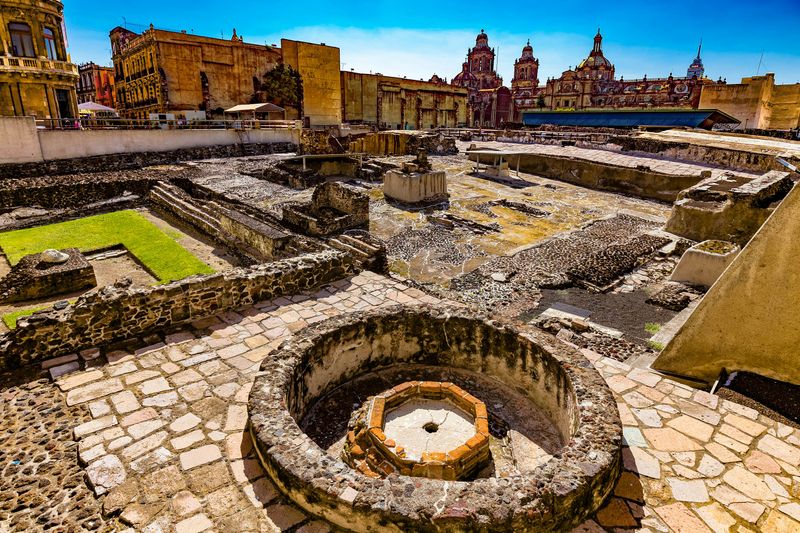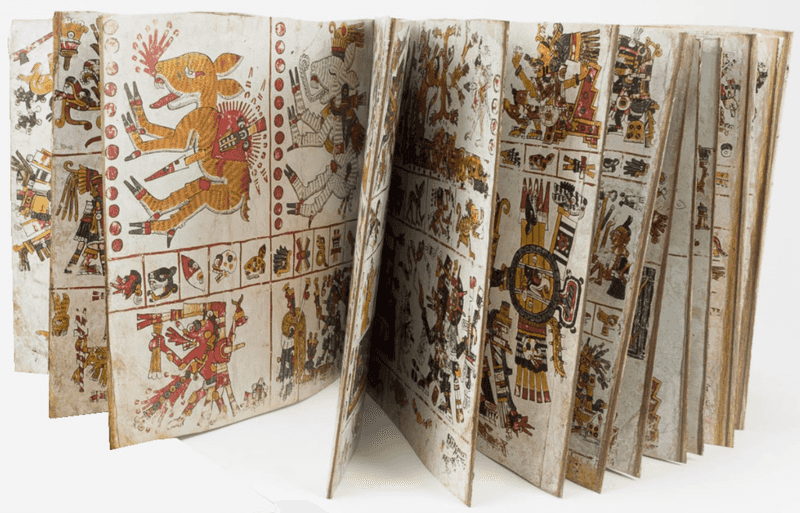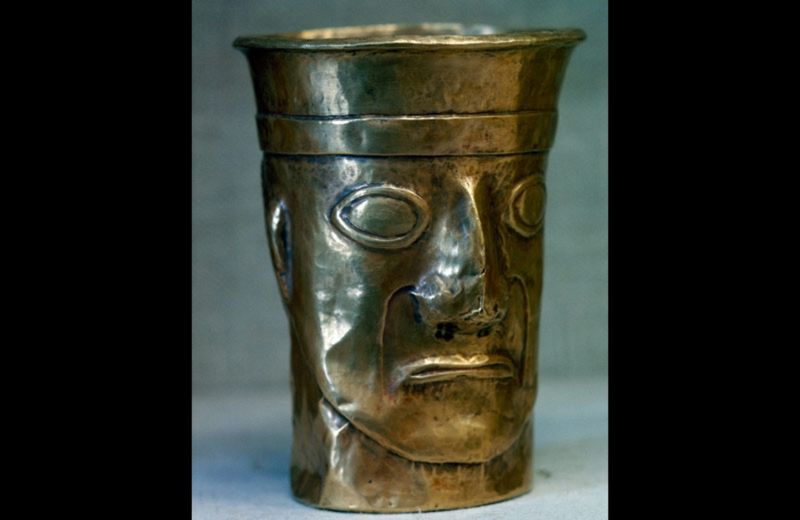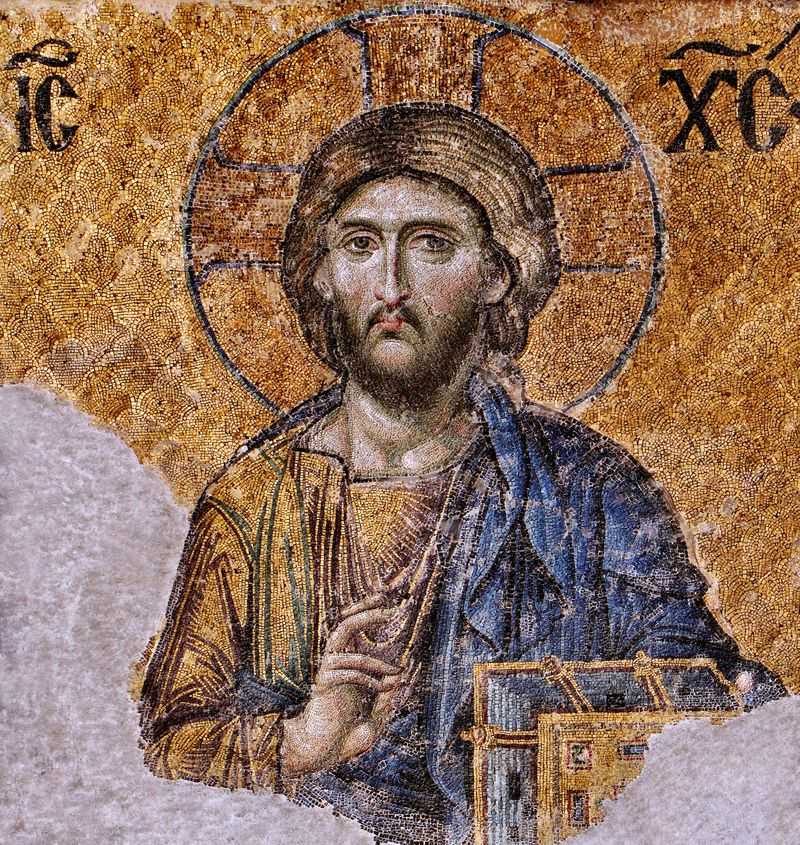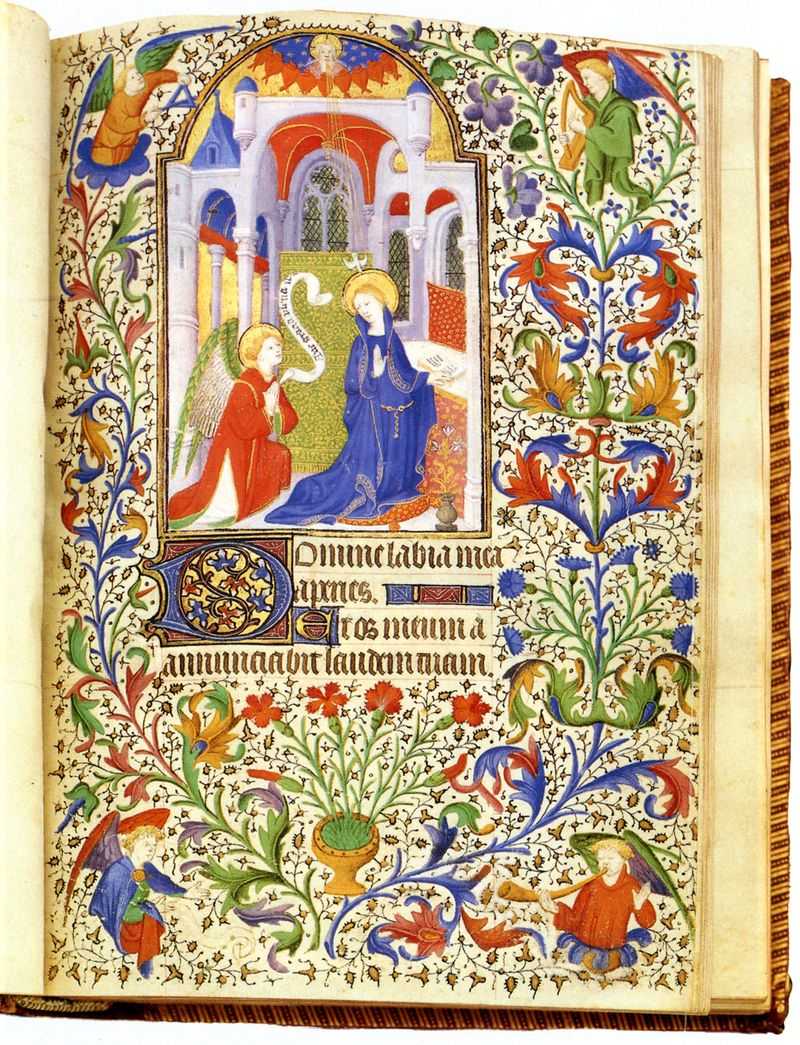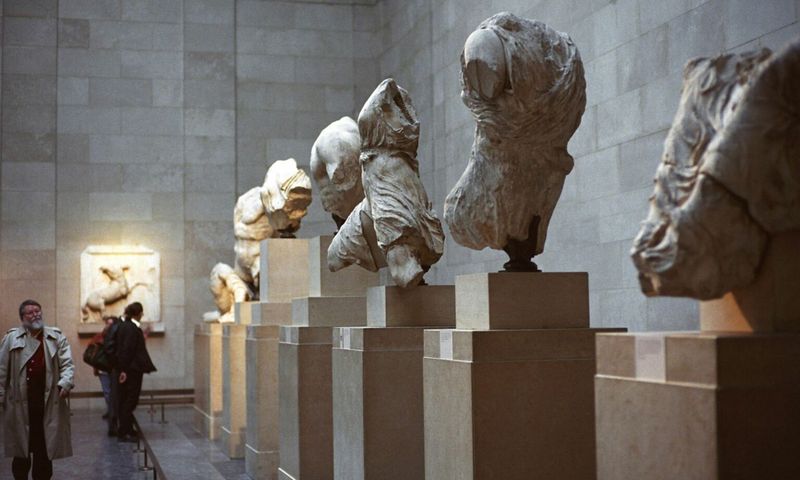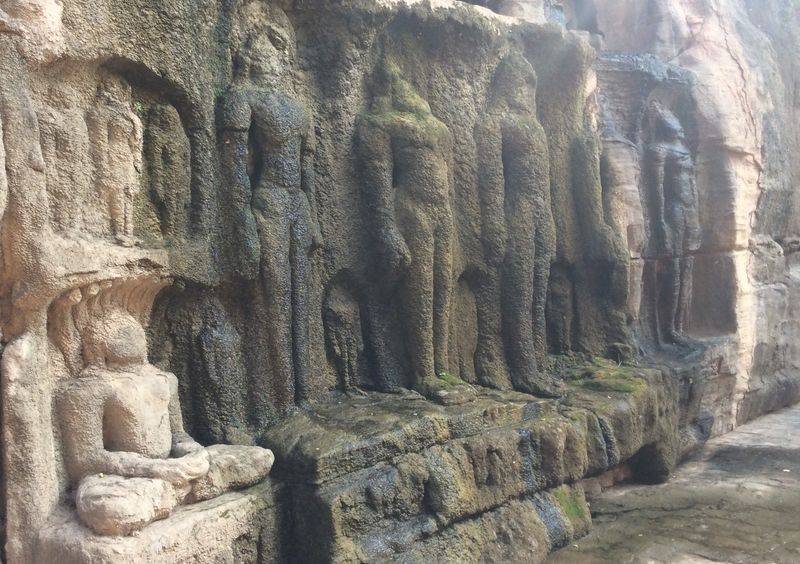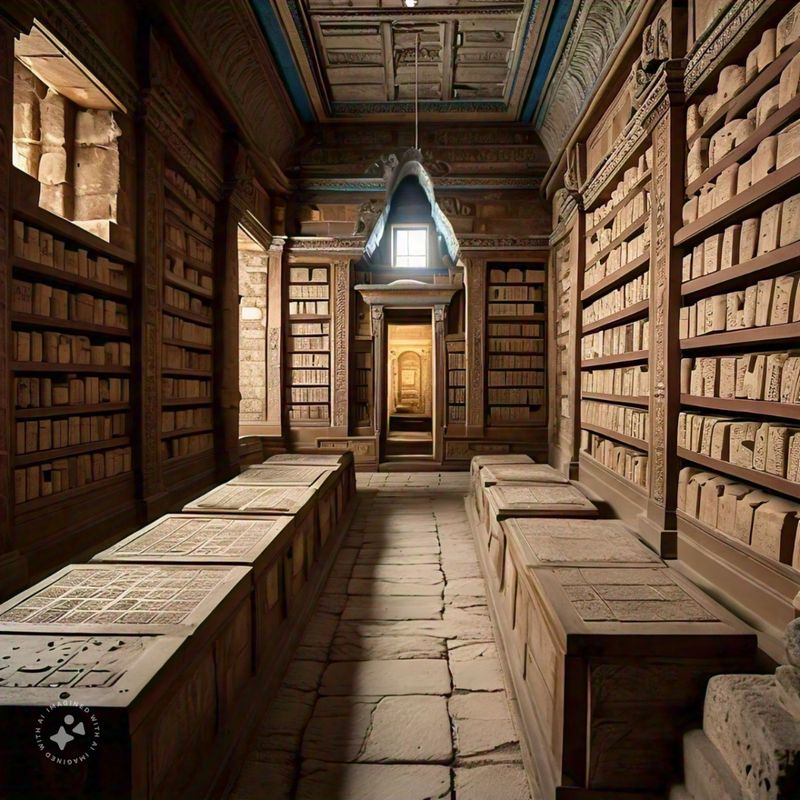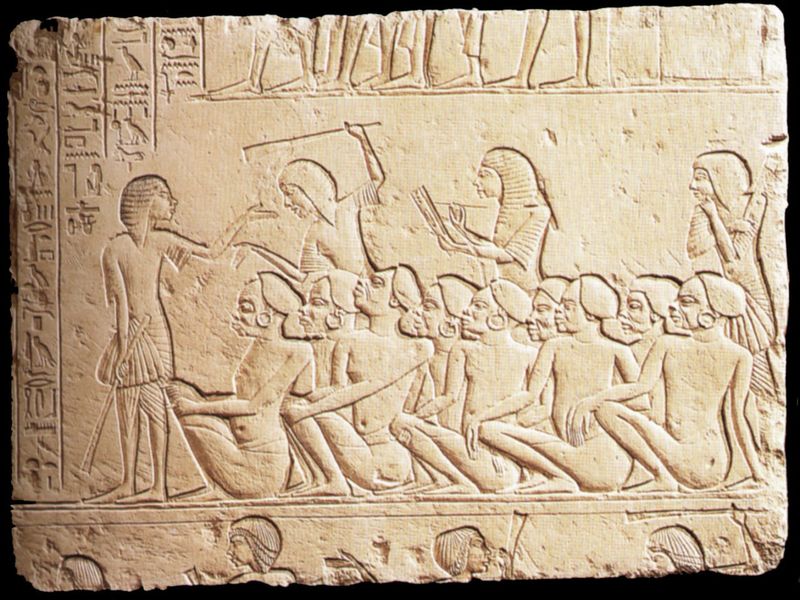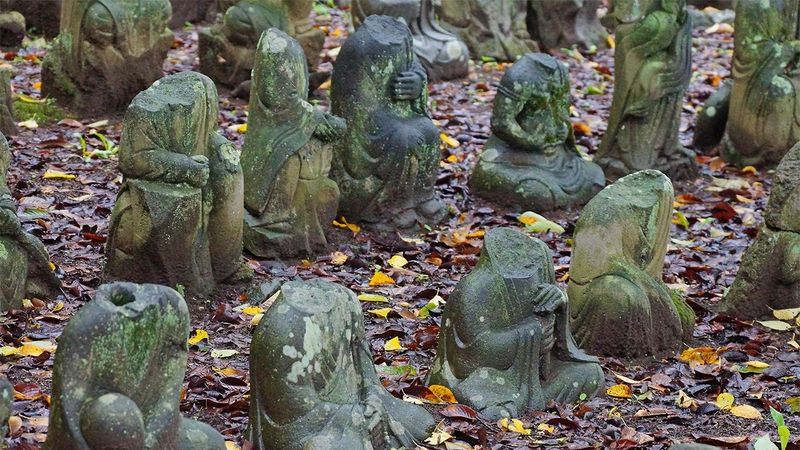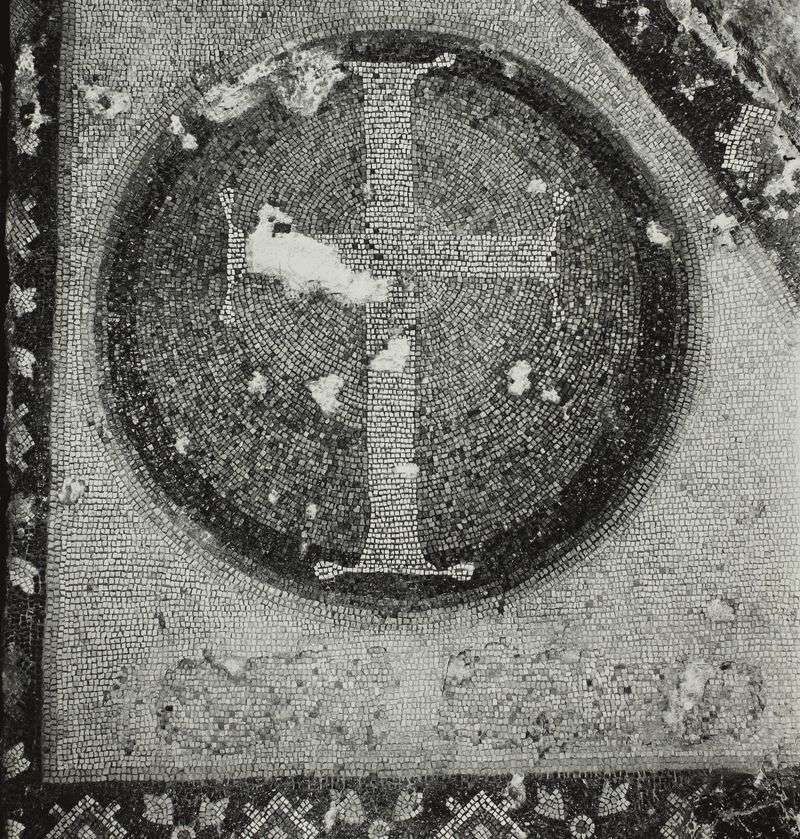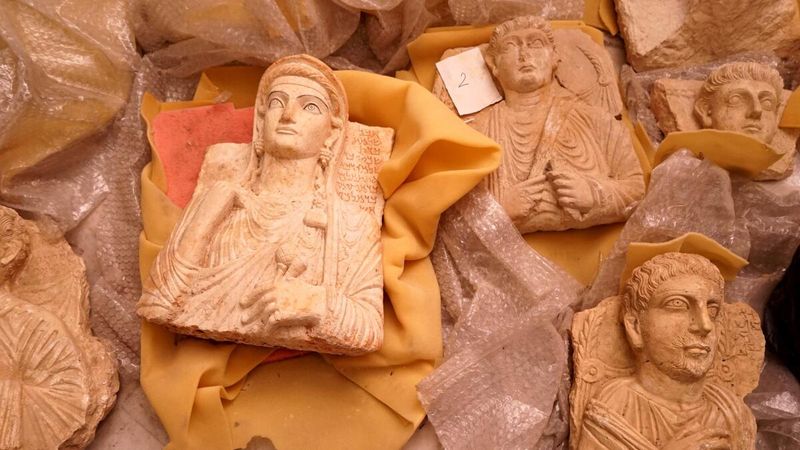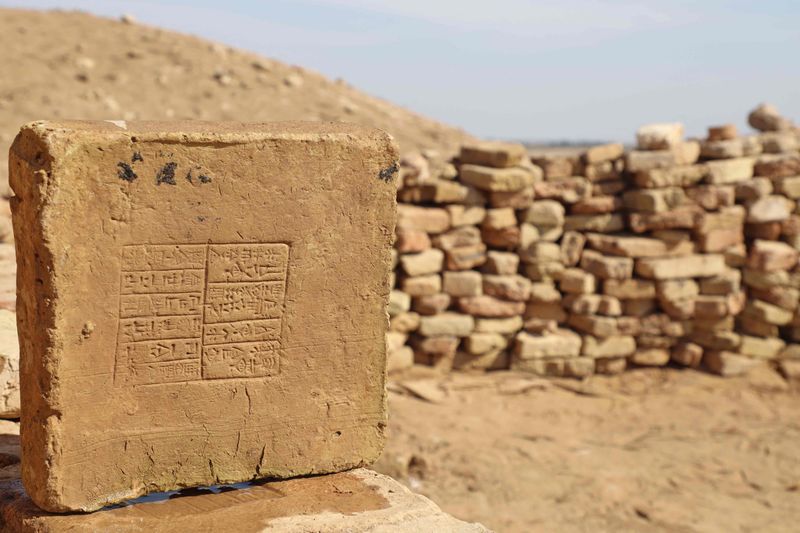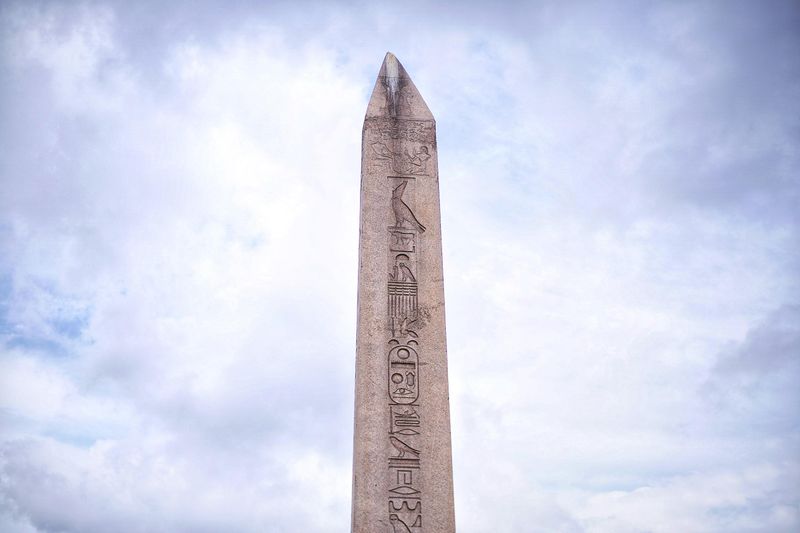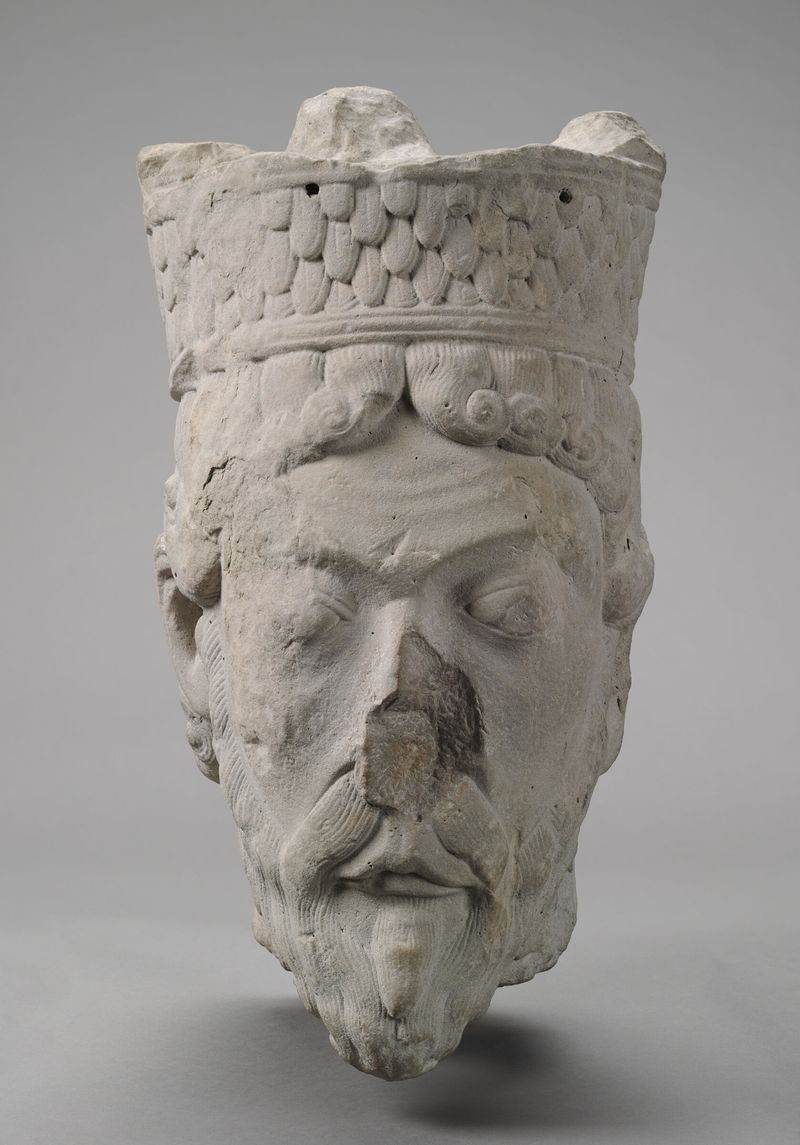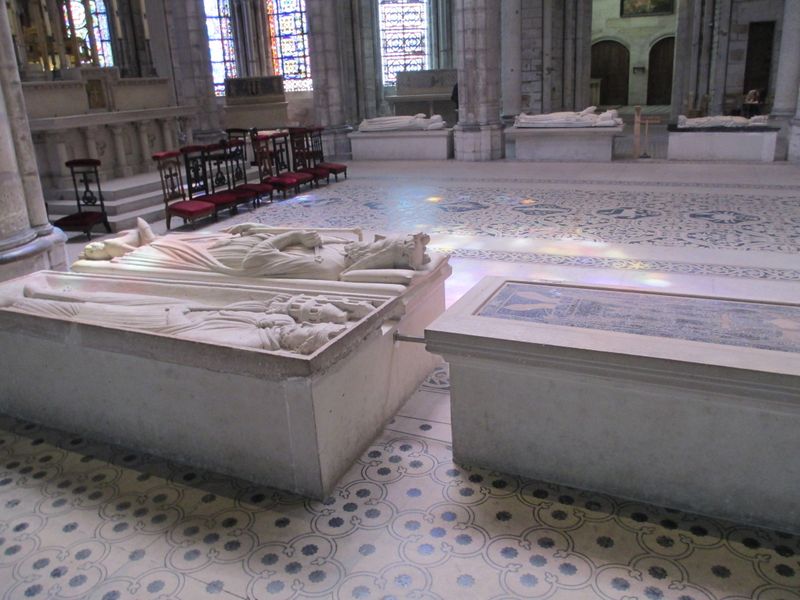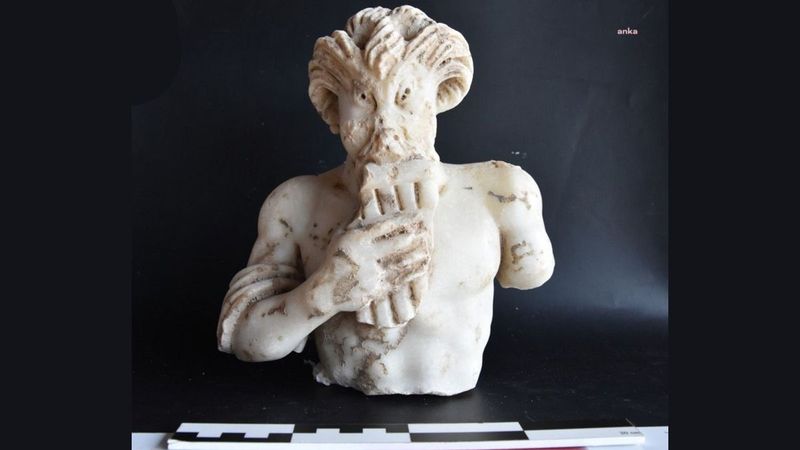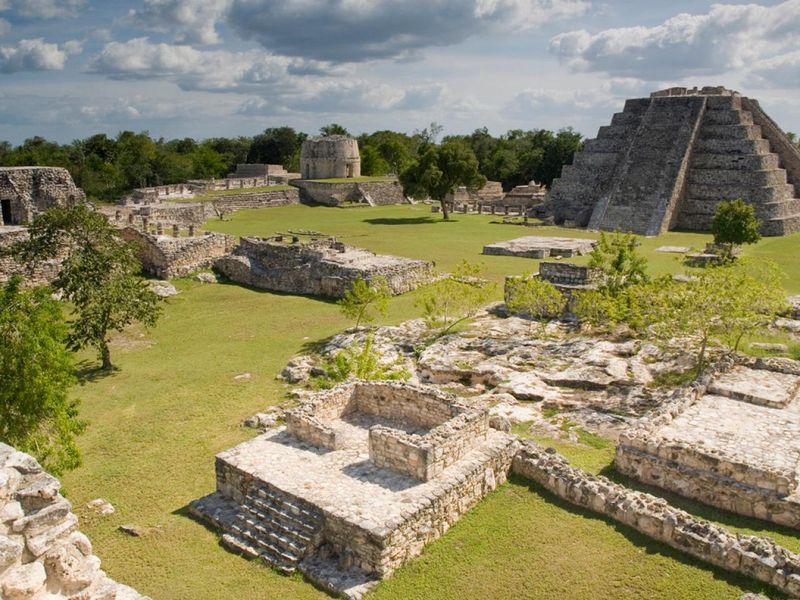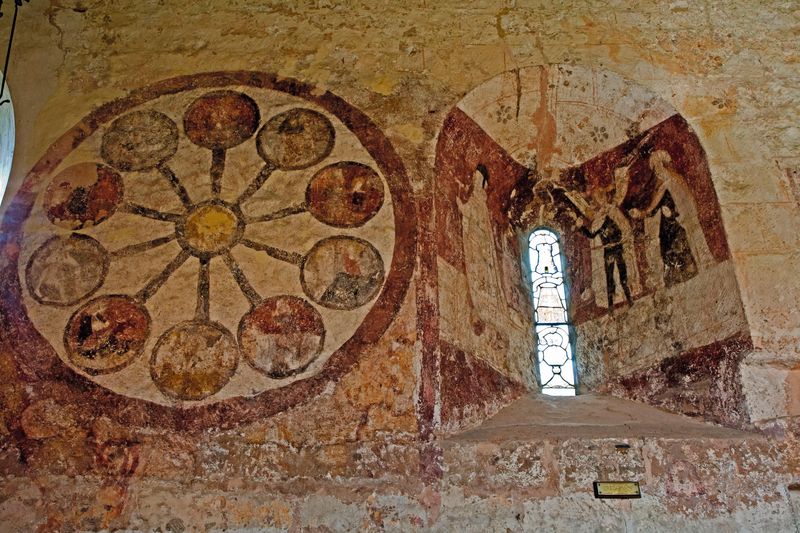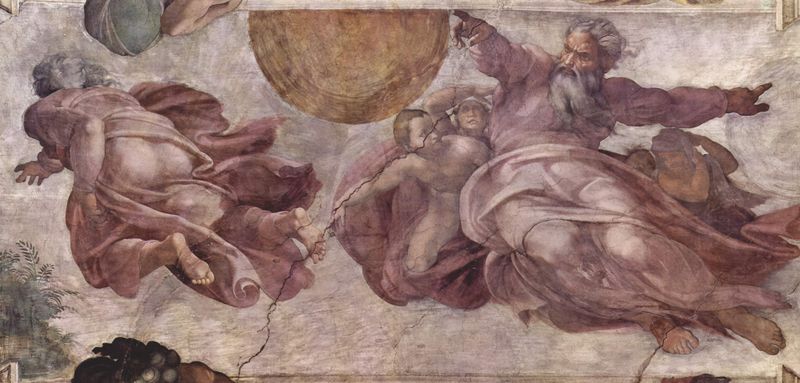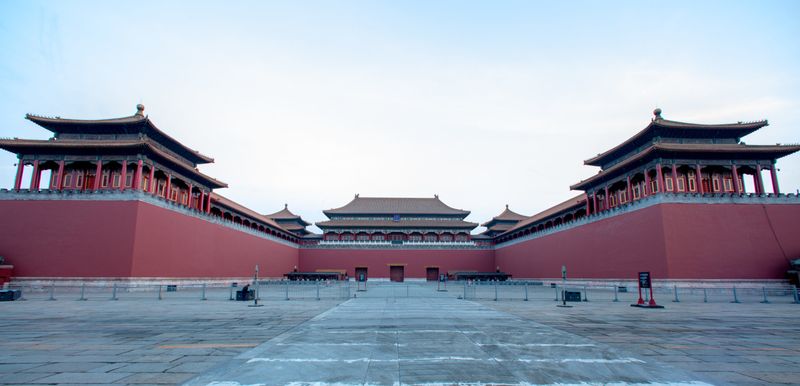Throughout history, numerous exquisite artifacts and monuments have been irrevocably damaged due to human actions.
This blog post explores thirty such historical objects that have suffered ruin at the hands of conflict, neglect, or destructive forces.
From vandalized sculptures to desecrated libraries, these cultural losses underscore the importance of preserving our shared heritage.
Each item on this list holds a cautionary tale about the fragility of history and the necessity of safeguarding our cultural treasures for future generations.
1. Buddhas of Bamiyan
The Buddhas of Bamiyan stood as monumental figures carved into cliffs in Afghanistan, overlooking the valley for centuries.
Tragically, these towering statues were destroyed by the Taliban in 2001, an act that sparked global outrage. They once symbolized religious tolerance and artistic achievement in the region.
The larger Buddha measured 55 meters, while the smaller stood at 37 meters, both representing an extraordinary blend of Hellenistic and Indian art influences.
Their loss serves as a stark reminder of the vulnerability of cultural heritage in conflict zones, where ideology sometimes trumps preservation.
2. Temple of Bel (Palmyra)
The Temple of Bel, located in Palmyra, Syria, was once a stunning example of ancient architecture, dating back to 32 AD. It was dedicated to the Mesopotamian god Bel and showcased the cultural fusion of Roman and Near Eastern styles.
In 2015, ISIS militants deliberately demolished the temple, erasing a significant chapter of human history. Its destruction was not only a cultural tragedy but also a loss to archaeology, as it provided insights into ancient religious practices.
The temple’s ruins now stand as a solemn testament to the destructive impact of extremism on world heritage.
3. Palmyra Arch of Triumph
The Palmyra Arch of Triumph, an iconic symbol of the ancient city, was partially destroyed in 2015 during the Syrian conflict. This Roman archway stood at the grand entrance to the colonnaded street, reflecting the architectural brilliance of its time.
The arch’s demolition by ISIS was part of a broader campaign to obliterate Palmyra’s rich history. Its arches once framed the desert landscape, serving as a majestic gateway for centuries.
Though efforts to digitally reconstruct the arch continue, its physical loss is a poignant reminder of the city’s imperiled heritage.
4. Temple of Artemis
The Temple of Artemis was a magnificent structure located in Ephesus, Turkey, and one of the Seven Wonders of the Ancient World. Built in the 6th century BC, it was renowned for its grand scale and intricate sculptures.
Over time, it fell victim to arson and plunder, leading to its eventual ruin. The temple was set ablaze by Herostratus, who sought fame through its destruction.
Today, only a few columns and scattered stones remain, representing both a loss and a testament to the ancient world’s architectural prowess. Its story underscores the ongoing battle against human hubris.
5. Mausoleum at Halicarnassus
The Mausoleum at Halicarnassus, situated in Bodrum, Turkey, was another of the Seven Wonders of the Ancient World. Built as a tomb for Mausolus, a Persian satrap, it was renowned for its grandeur and artistic sculptures.
Over the centuries, it suffered damage from earthquakes and human actions, leading to its fragmentation. The Knights of St. John used its stones for fortifications, contributing to its decline.
Today, only ruins remain, but its architectural influence persists in modern mausoleums. This story highlights the challenges of preserving historical structures amidst evolving human needs and conflicts.
6. Lighthouse of Alexandria
The Lighthouse of Alexandria, located on the island of Pharos in Egypt, was a marvel of engineering and one of the ancient world’s wonders. It stood as a guiding beacon for sailors since the 3rd century BC.
However, repeated earthquakes and human strife led to its eventual ruin. The lighthouse served not only as a navigational aid but also as a symbol of Alexandria’s prosperity.
Though no longer standing, its legacy endures in the very concept of lighthouses. The story of its decline highlights the enduring impact of natural disasters and human conflict on cultural landmarks.
7. Great Sphinx Nose
The Great Sphinx of Giza, one of Egypt’s most iconic monuments, has intrigued historians and archaeologists for centuries.
Unfortunately, its nose, a prominent feature, was lost, and various theories suggest vandalism by a Sufi Muslim extremist in the 15th century. Today, visitors marvel at this ancient marvel, pondering the mysteries of its past.
The absence of the nose adds to the enigma surrounding the Sphinx, sparking debates and speculations about its original appearance.
While the missing nose is often attributed to deliberate human actions, erosion and other natural factors have also played a role in its current state. Nevertheless, the Great Sphinx continues to captivate audiences worldwide.
Despite the damage, the Sphinx remains a symbol of ancient Egyptian civilization, reminding us of the enduring legacy of human ingenuity.
As efforts to preserve it continue, this monument stands as a testament to both ancient craftsmanship and the impact of historical neglect.
8. Library of Alexandria
The Library of Alexandria was a legendary center of learning in ancient Egypt, holding countless scrolls of knowledge and attracting scholars worldwide. Established in the 3rd century BC, it symbolized the zenith of intellectual pursuit in the ancient world.
Tragically, it was destroyed through a series of events, including fires and military actions. Often romanticized as a singular catastrophic event, its decline was more gradual and complex.
The loss of the Library of Alexandria is often cited as one of history’s greatest cultural tragedies, highlighting the fragile nature of human knowledge and the need for its preservation.
9. House of Wisdom (Baghdad)
The House of Wisdom in Baghdad was a beacon of knowledge during the Islamic Golden Age, fostering scholarly advancements across various fields. Established in the 9th century, it attracted scientists, philosophers, and translators.
However, the Mongol invasion led to its destruction in 1258, scattering invaluable manuscripts into the Tigris River. The loss of the House of Wisdom marked the end of a golden era of intellectual flourishing in the Islamic world.
This historical tragedy underscores the impact of warfare on cultural and intellectual heritage, emphasizing the importance of preserving centers of learning amid conflict.
10. Templo Mayor (Tenochtitlan)
Templo Mayor was a grand Aztec temple located at the heart of Tenochtitlan, now Mexico City. It served as a major religious and political center for the Aztec civilization.
The Spanish conquest led by Hernán Cortés resulted in its destruction in the early 16th century. The temple’s stones were repurposed for colonial buildings, erasing a crucial part of Aztec heritage.
Today, its ruins lie beneath the modern city, a stark reminder of cultural erasure through colonization. The Templo Mayor’s story invites reflection on the consequences of conquest and the importance of safeguarding indigenous history.
11. Aztec Codices
The Aztec Codices were invaluable manuscripts that provided insights into the Aztec civilization’s culture, history, and knowledge. These illustrated documents were created before the Spanish conquest of Mexico.
However, many were destroyed by Spanish conquerors who deemed them heretical. Efforts to preserve and study the surviving codices continue, but the loss represents a significant gap in understanding pre-colonial Mesoamerican societies.
The destruction of the Aztec Codices highlights the devastating impact of cultural suppression and the enduring need to protect and respect indigenous knowledge systems.
12. Incan Gold Treasures
The Incan Empire was rich in gold artifacts, which held both cultural and religious significance. These treasures were intricately crafted and symbolized the Incan connection to their gods and ancestors.
During the Spanish conquest of the 16th century, many of these artifacts were looted and melted down for bullion. This loss was not just material but also a profound cultural theft.
The story of the Incan gold treasures serves as a poignant reminder of colonial exploitation and the importance of respecting cultural heritage in the face of conquest.
13. Byzantine Icons
Byzantine Icons were sacred images revered in the Eastern Orthodox Church, often depicting Christ, the Virgin Mary, and saints. These icons were central to religious worship and artistic expression in Byzantine culture.
During periods of iconoclasm, these images were defaced or destroyed by those opposing their veneration. The iconoclastic controversy highlighted deep theological and political divides.
Despite the damage, many icons survived and continue to be cherished for their spiritual and artistic value. The story of Byzantine Icons underscores the enduring tension between religious expression and dogmatic conflicts.
14. Medieval Illuminated Manuscripts
Medieval Illuminated Manuscripts were masterpieces of book art, combining text with elaborate illustrations and gold leaf decorations. They were produced in monastic scriptoria across medieval Europe, serving religious and literary purposes.
Unfortunately, many were damaged or lost due to war, fire, or vandalism. The destruction of these manuscripts represents a significant cultural loss, as they provided insights into medieval society, art, and knowledge.
Efforts to preserve and digitize remaining manuscripts continue, ensuring their survival for future generations. This tale highlights the delicate balance between cultural preservation and the ravages of time.
15. Elgin Marbles
The Elgin Marbles are a collection of classical Greek sculptures originally part of the Parthenon and other buildings on the Acropolis of Athens.
They were removed by Thomas Bruce, 7th Earl of Elgin, in the early 19th century and later sold to the British Museum.
Their removal and subsequent damage have been the subject of intense debate and controversy. Greece has long sought their return, arguing that they belong to their original cultural context.
The story of the Elgin Marbles underscores the complexities of cultural restitution and the ongoing dialogue about ownership and heritage.
16. Defaced Jain Statues
Jain Statues, revered in Jainism for their depiction of Tirthankaras, have been targets of vandalism during periods of religious conflict in India. These statues are significant for their spiritual and artistic value, symbolizing non-violence and enlightenment.
Throughout history, they have been defaced or destroyed by those opposing Jain beliefs. The destruction of Jain statues highlights the broader issues of religious intolerance and the need to protect cultural diversity.
Despite past damages, many statues remain, testament to the resilience of Jain heritage and the broader need for interfaith respect and dialogue.
17. Royal Library of Ashurbanipal
The Royal Library of Ashurbanipal in Nineveh, modern-day Iraq, was one of the ancient world’s most significant repositories of knowledge. It housed thousands of cuneiform tablets, covering diverse subjects such as science, literature, and law.
This library, however, was ransacked during the fall of the Assyrian Empire in the 7th century BC, scattering its contents.
The loss of this library represents a profound intellectual void, but some tablets have survived, offering glimpses into ancient Mesopotamian civilization.
The story of Ashurbanipal’s library underscores the vulnerability of cultural heritage in times of political upheaval.
18. Nubian Temple Reliefs
Nubian Temple Reliefs, found in the ancient temples of Nubia, are renowned for their intricate carvings depicting deities and pharaohs. These temples, located in present-day Sudan and Egypt, are a testament to the cultural exchange between Nubia and ancient Egypt.
During the construction of the Aswan High Dam in the 1960s, many temples were relocated to save them from flooding, resulting in some reliefs being damaged or lost.
While relocation efforts preserved much of Nubian heritage, the damage highlights the challenges of balancing development with cultural preservation. This story underscores the need for careful planning in heritage conservation.
19. Japanese Buddhist Statues (Meiji Era)
During Japan’s Meiji Era, a period of rapid modernization and Westernization, Buddhist statues faced destruction as part of anti-Buddhist campaigns known as Haibutsu kishaku.
This movement aimed to reduce Buddhism’s influence in favor of Shintoism, leading to temple closures and statue demolitions.
Many statues were defaced, destroyed, or sold, reflecting the era’s religious and cultural shifts. Despite these losses, some statues survived, serving as reminders of Japan’s complex religious history.
The damage to Buddhist statues illustrates the impact of ideological change on cultural heritage and the resilience of religious traditions amid adversity.
20. Constantinople Iconoclasm Artifacts
During the Byzantine period, Constantinople was a center of religious and cultural activity, yet it was also the site of intense iconoclastic movements.
These movements led to the destruction of religious images and artifacts, driven by theological debates over the role of icons in worship.
The damage to these artifacts reflects not only the religious fervor of the time but also the political and social upheavals that accompanied iconoclasm.
Despite these efforts to erase religious imagery, many artifacts survived, preserving the artistic and spiritual legacy of Byzantium. The story of iconoclasm in Constantinople highlights the enduring tension between faith and art.
21. Palmyrene Reliefs
Palmyrene Reliefs, intricate artworks from the ancient city of Palmyra, depict deities, historical figures, and cultural life. These reliefs showcased the artistic achievements of the Palmyrene civilization, blending Greco-Roman and Near Eastern traditions.
However, during recent conflicts in Syria, many reliefs were smashed or removed by extremist groups. Their destruction represents not only a cultural tragedy but also a loss of historical context and identity.
The Palmyrene Reliefs’ story is a poignant reminder of the fragility of cultural heritage in conflict zones and the need for international efforts to protect and preserve such treasures.
22. Sumerian Artifacts (Iraq)
Sumerian Artifacts, originating from one of the world’s earliest civilizations, are invaluable for understanding ancient Mesopotamian culture and history. These artifacts include cuneiform tablets, pottery, and sculptures, each offering insights into Sumerian society.
During recent conflicts in Iraq, many of these artifacts were looted and defaced, resulting in significant cultural loss. The plundering of Sumerian heritage underscores the vulnerability of archaeological sites in conflict zones.
Efforts to recover and protect these artifacts continue, but their story is a sobering reminder of the ongoing threats to cultural heritage amid turmoil.
23. Egyptian Obelisks (Vandalized)
Egyptian Obelisks, towering monuments inscribed with hieroglyphs, have stood as symbols of ancient Egyptian power and religious devotion for millennia. These stone pillars were often erected at temple entrances or significant sites.
Over time, several obelisks have suffered vandalism and defacement, including graffiti and physical damage. Such acts detract from their historical and aesthetic value, reflecting broader challenges in heritage preservation.
Despite these damages, many obelisks remain, testament to the enduring legacy of ancient Egypt’s architectural achievements. Their story underscores the need for protective measures to safeguard historical monuments in modern times.
24. French Revolution Royal Statues
During the French Revolution, royal statues symbolizing monarchy were targeted for destruction. These sculptures, often grand and meticulously crafted, were seen as emblems of the oppressive ancien régime.
Many statues were defaced or demolished by revolutionaries in their fervor to erase symbols of tyranny. While some have been restored or replicated, the destruction serves as a historical lesson on the intersection of art, politics, and power.
The fate of these statues reminds us of the importance of preserving cultural heritage, even amidst societal change and upheaval.
25. Relics of Saint Denis
The Relics of Saint Denis, revered in France as the remains of the patron saint of Paris, were housed in the Basilica of Saint-Denis. This site held immense religious and historical significance, being the burial place of French kings.
During the French Revolution, the basilica was desecrated, and the relics were damaged or scattered. This act of destruction was part of a broader revolutionary campaign against religious institutions.
Despite restoration efforts, the damage serves as a reminder of the tensions between faith, history, and political change. The story of Saint Denis’ relics highlights the delicate balance between preservation and progress.
26. Roman Pagan Statues
Roman Pagan Statues, once adorning temples and public spaces, faced destruction as Christianity rose to prominence in the Roman Empire.
These statues, often representing deities and mythological figures, were defaced or demolished as part of the shift towards monotheism.
The destruction of these pagan symbols marked a significant cultural and religious transition. While some statues survived and are celebrated in museums, many were lost to time.
Their story highlights the impact of religious transformation on cultural heritage and the importance of safeguarding diverse historical narratives.
27. Mayan Monuments
Mayan Monuments, with their intricate carvings and towering pyramids, are a testament to the advanced civilization that once thrived in Mesoamerica. These structures served religious, political, and astronomical purposes.
However, many have been vandalized by looters and treasure hunters seeking artifacts to sell on the black market. This illegal activity has led to significant cultural and historical loss.
The story of Mayan Monuments underscores the ongoing threats to archaeological sites and the need for international cooperation to protect and preserve cultural heritage. Efforts to safeguard these sites are crucial for maintaining the legacy of the Mayan civilization.
28. Medieval Church Frescoes
Medieval Church Frescoes, adorning the walls and ceilings of European churches, were masterpieces of religious art. These frescoes depicted biblical scenes and saints, serving as spiritual and educational tools for congregations.
However, during periods of iconoclasm, many frescoes were altered or destroyed due to theological disputes over religious imagery. Despite the damage, some frescoes survived and continue to inspire awe and devotion.
The story of these frescoes highlights the complex relationship between faith, art, and historical preservation. Efforts to restore and protect surviving frescoes continue, ensuring their beauty and spiritual significance endure for future generations.
29. Sistine Chapel Restoration Damage
The Sistine Chapel, home to Michelangelo’s iconic frescoes, is a masterpiece of Renaissance art and religious significance. However, restoration efforts in the late 20th century sparked controversy over the preservation of its original artistry.
Critics argue that the cleaning process altered the frescoes’ colors and details, compromising Michelangelo’s intended vision. Despite the debate, the chapel remains a major attraction, drawing visitors from around the world.
The restoration controversy highlights the challenges of maintaining artistic integrity while ensuring the longevity of cultural treasures. This tale emphasizes the delicate balance between conservation and artistic preservation.
30. Chinese Imperial Treasures (War Damage)
China’s imperial treasures, housed in palaces like the Forbidden City, represent centuries of dynastic rule and cultural achievement. These artifacts include jade carvings, porcelain, and paintings, each embodying China’s rich artistic heritage.
However, during periods of war and revolution, many treasures were damaged or lost. The destruction and looting of these artifacts during conflicts, such as the Boxer Rebellion and Cultural Revolution, resulted in significant cultural loss.
Efforts to recover and restore surviving treasures continue, reflecting the ongoing challenges of preserving cultural heritage amidst turmoil. Their story underscores the importance of protecting historical artifacts for future generations.

